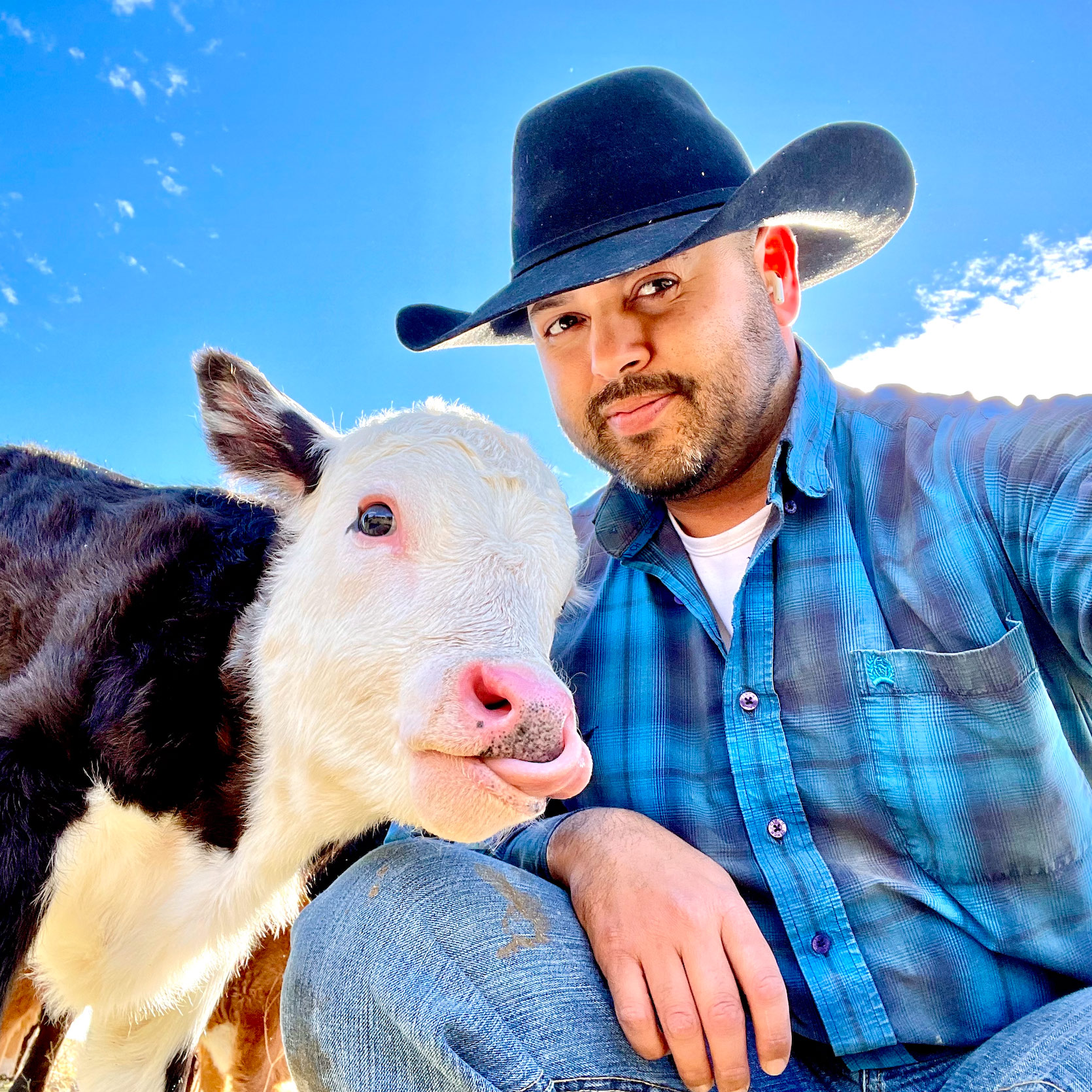Orlando Ochoa is a third-year veterinary student in the College of Veterinary Medicine. Born and raised in California, Ochoa is first-generation American whose family worked as immigrant farmers. The following student view was repurposed from the College of Veterinary Medicine’s Community Voices.
Throughout my experiences working in food animal production, I tend to work more frequently with Spanish-speaking farm workers. During my first experience working in feedlots, being bilingual made it easier for me to make connections with the farm workers. I quickly found out that I was more than just a connection for treatment; I was a link of communication that could lead to better communication between all the employees in the hopes for more effective health care.
Farm workers that had been working for a feedlot company for years suddenly were coming to me with questions about animal health, procedures or the medicine that they were using to treat the animals. They weren’t just coming to me because I spoke the language, but they were coming to me because I was also familiar with their culture.
This made me concerned about the big cultural gap. Helping to close this cultural gap is a way that the veterinary community can help become more inclusive. Most of the Latinx community understands that it is not easy to learn a new language or become completely fluent to make meaningful connections.
Closing a cultural gap takes understanding, cultural awareness, as well as being able to identify possible differences and how they impact a particular culture’s functions or beliefs. Active listening is helpful when asking a client how to pronounce their pet’s name correctly.
Sometimes it boils down to something as simple as asking for clarification. Most of the time the Latinx community is more than happy that you’re simply showing interest. With practice, the veterinary community will be a more comfortable setting for the Latinx community. What may seem out of the ordinary for one culture, might be a norm for another. Instead of being judgmental or using unintentional disapproving body language, it’s important to focus on the quality of care rather than its demographic.
